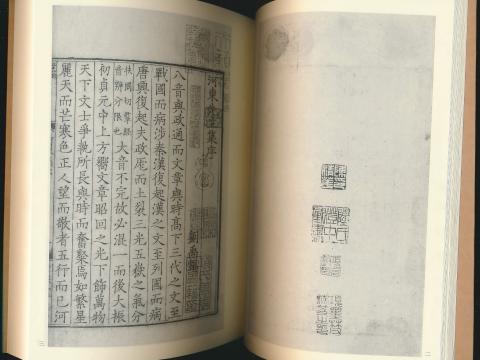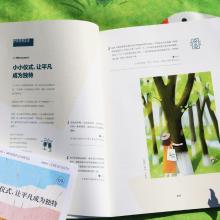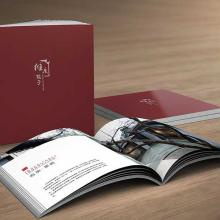
Light weight paper is a paper material that is lighter in weight and has a high bulk, and is designed with the goal of reducing the total weight of publications such as books, making them easier to carry, and reducing the consumption of natural resources.
Features
- Thin and light texture: Lightweight paper is thinner than conventional paper, but is moderately strong and can meet certain requirements for durability.
- Softness: The paper is flexible and suitable for paperback bookbinding, and is comfortable to read.
- Breathability and absorbency: Good breathability and absorbency make the paper superior in certain applications, such as packaging.
- Mild color tone: lightweight paper tends to show a natural soft white color and does not contain fluorescent whitening agents, making it friendlier to the eyes when reading for long periods of time.
- Good ink absorption: suitable for printing text and black-and-white pictures, and can reproduce the layering of the original better, although the clarity may not be as good as the color images printed on offset paper.
- Non-smooth surface: unlike the smooth characteristics of coated paper, the surface of lightweight paper is rougher, which helps to reduce reflections and provide a better reading experience, but is not suitable for applications that require high-precision image reproduction.
Applications
- Book Publishing: Particularly suitable for the printing of books, periodicals, classics, biographies, and other products, reducing the overall weight and making it easier for readers to carry and read.
- Magazines: Some magazines that pay attention to environmental protection and reading experience use lightweight paper as the paper for the inner pages.
- Packaging: Due to its lightweight, breathable, and absorbent characteristics, it is also used in some specific packaging applications.




